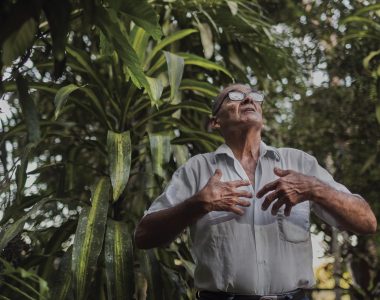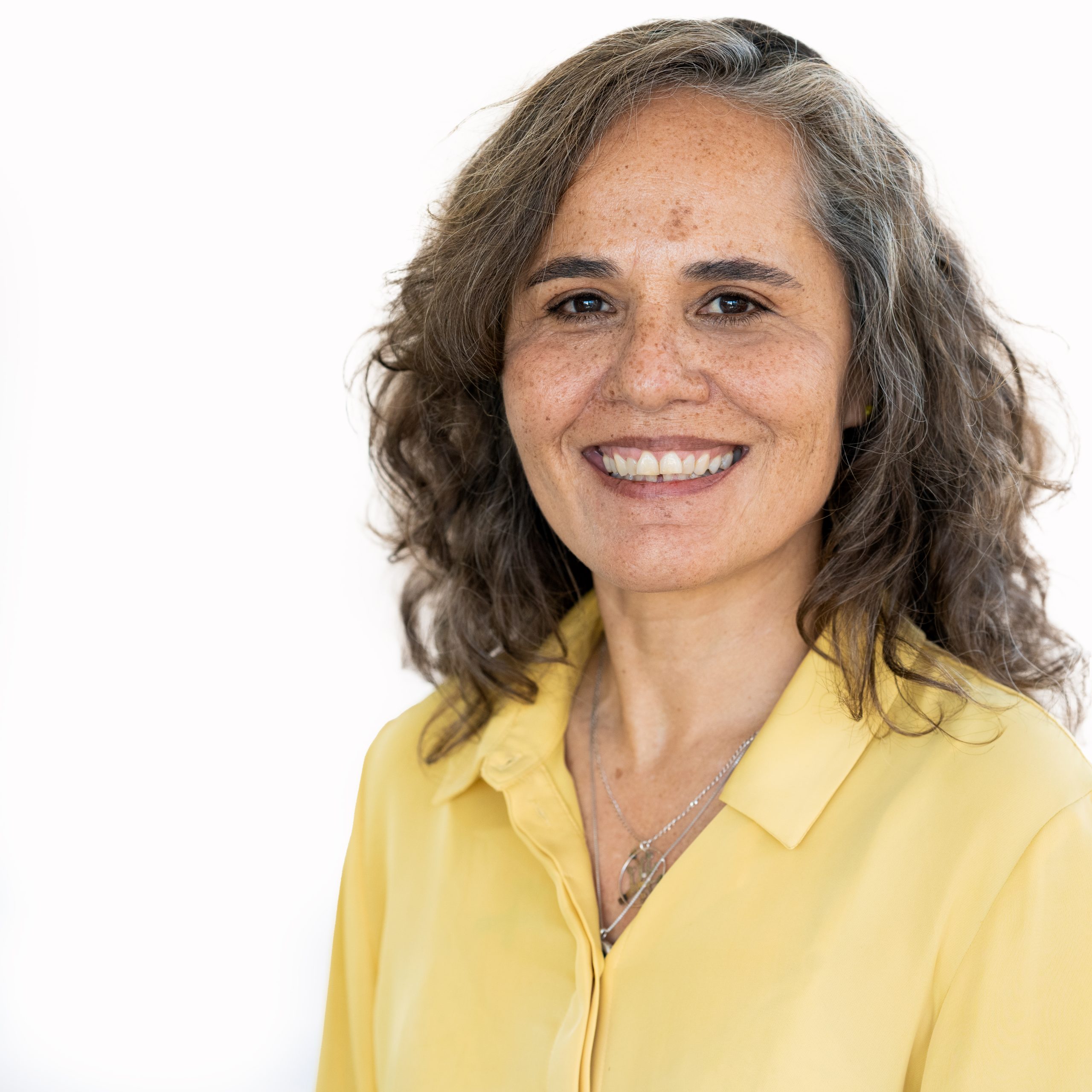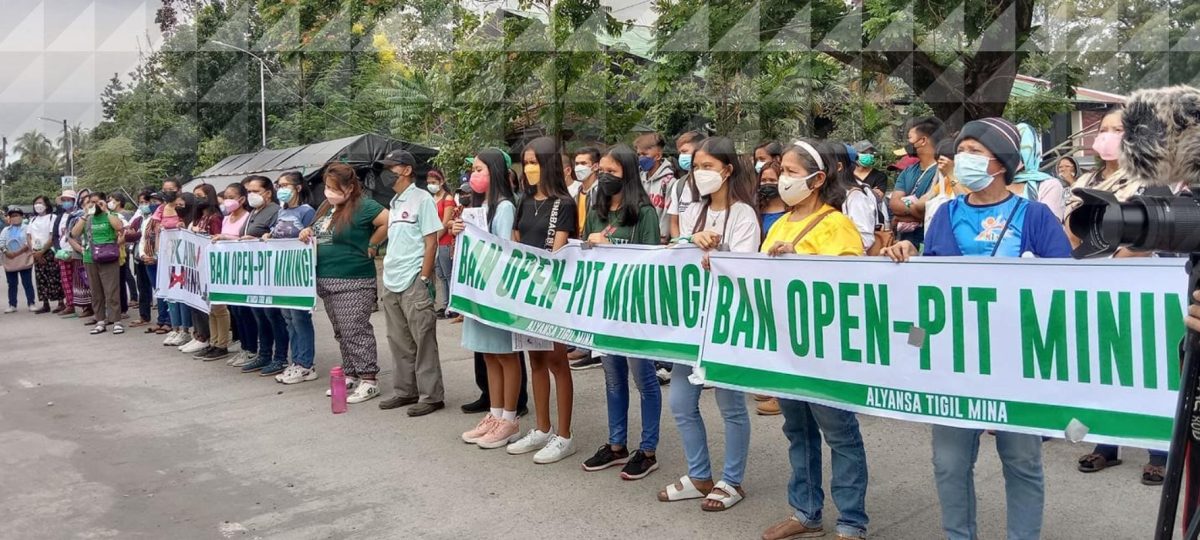Header photo: Open pit mining protest in the Philippines © Alyansa Tigil Mina
Right to nature
In many countries, Indigenous peoples and other local communities are hardly involved in decision-making about the area they have been living for generations – while they are the ones with a lot of knowledge about the landscape and natural resources, and they are the first to be affected by changes in their environment. This goes against their right to access to water, food and shelter, their right to religious sites, and their right to participation.
Informing people about their rights
To protect environmental and human rights, access to information is essential. IUCN NL therefore facilitates meetings and trainings for people to become more informed about the developments in their landscape in an accessible way. We also inform them about their rights, such as the right to Free Prior and Informed Consent (FPIC), and how to exercise them.
Women’s rights and inclusive nature conservation
Equal appreciation of the experiences, views and solutions of people of different genders, including women, is essential for ensuring a sustainable and just world. IUCN NL works to achieve gender equality goals for the well-being of people and nature[1]. Because women’s rights are human rights.
Together with its partner organisations, IUCN NL is committed to inclusive nature conservation, applying a gender-equal and intersectional approach. Gender equality is intrinsically linked to biodiversity, climate change, and land degradation. Women’s rights are therefore fundamental to nature conservation.
Facts
- The UN Rio Declaration states that every individual must be able to participate in decision-making processes related to the environment
- Human rights and nature come together in the right to a safe, clean, healthy and sustainable environment[1]UNHR. (2018). Framework principles on human rights and the environment: https://www.ohchr.org/sites/default/files/Documents/Issues/Environment/SREnvironment/FrameworkPrinciplesUserFriendlyVersion.pdf.
- Every other day a person is killed for standing up for nature[2]Global Witness. (2023). Standing firm:https://www.globalwitness.org/en/campaigns/environmental-activists/standing-firm/.
- Original residents of areas are most affected.
- Mining and industrial agriculture are the biggest causes of conflict.
- Women conservationists are often particularly vulnerable.
- The UN Rio Declaration states that every individual must be able to participate in decision-making processes related to the environment
- Human rights and nature come together in the right to a safe, clean, healthy and sustainable environment[3]UNHR. (2018). Framework principles on human rights and the environment: https://www.ohchr.org/sites/default/files/Documents/Issues/Environment/SREnvironment/FrameworkPrinciplesUserFriendlyVersion.pdf.
- Every other day a person is killed for standing up for nature[4]Global Witness. (2023). Standing firm:https://www.globalwitness.org/en/campaigns/environmental-activists/standing-firm/.
- Original residents of areas are most affected.
- Mining and industrial agriculture are the biggest causes of conflict.
- Women conservationists are often particularly vulnerable.
Protecting conservationists
At least 177 conservationists were killed in 2022 for trying to protect the planet – one person every other day. A much larger group is silenced by violence, arrests, threats or lawsuits. NGOs and people who protect nature are thus criminalised. On top of this, women conservationists often experience the threat of gender-based violence.
The official numbers are presumably just the tip of the iceberg: in many countries, the information provided is unreliable due to corruption. Also, many deaths in remote areas are not recorded.
Ensuring greater security
Nature and human rights defenders are an important cornerstone of sustainable development. That is why we support organisations and conservationists on the ground in standing up for their rights, by working with them to determine the best concrete actions to take. With local partner organisations, we facilitate safety training, provide legal assistance and offer tools that enable people to safely protect their environment, such as risk analyses and communication protocols.

Binding treaty
For a structural solution, we advocate at national and international level for better legislation that prevents companies from harming human rights, nature and the climate.
There should be an internationally binding treaty that allows conservationists to hold companies accountable if their rights are violated. IUCN NL calls on the Dutch government to play a pioneering role in this. The European Commission is also working on a law to prevent companies from harming human rights, the environment and the climate. We call for this Corporate Sustainability Due Diligence Directive to actually protect people and nature.
Photo: Peruvian conservationist Victor Zambrano in Madre de Dios. © Giancarlo Shibayama/SPDA.
Through different projects we contribute to human rights and nature conservation:
Learn more?

Index
| ↑1, ↑3 | UNHR. (2018). Framework principles on human rights and the environment: https://www.ohchr.org/sites/default/files/Documents/Issues/Environment/SREnvironment/FrameworkPrinciplesUserFriendlyVersion.pdf |
|---|---|
| ↑2, ↑4 | Global Witness. (2023). Standing firm:https://www.globalwitness.org/en/campaigns/environmental-activists/standing-firm/ |

